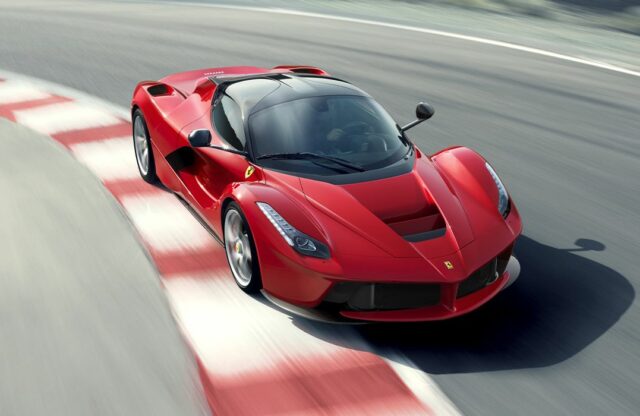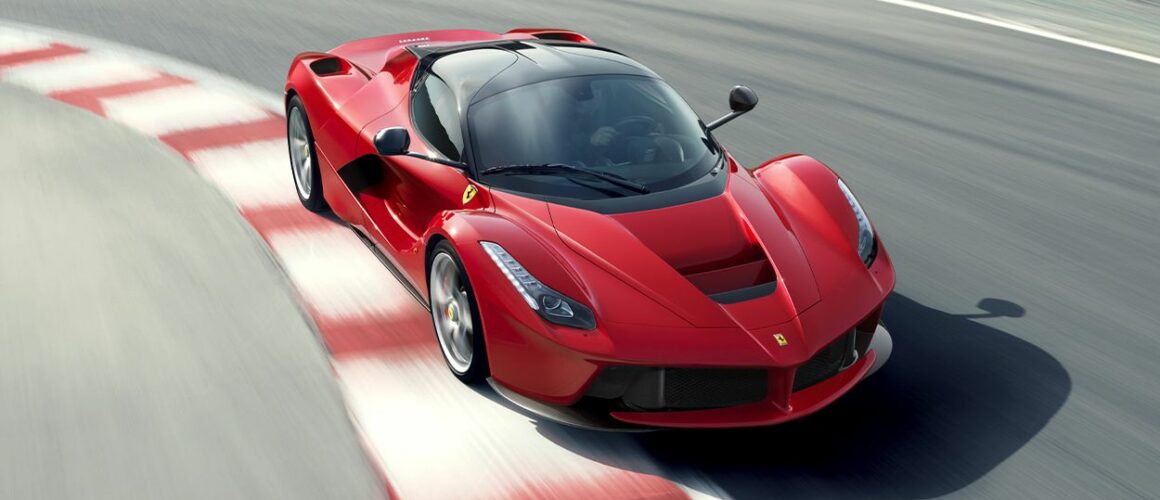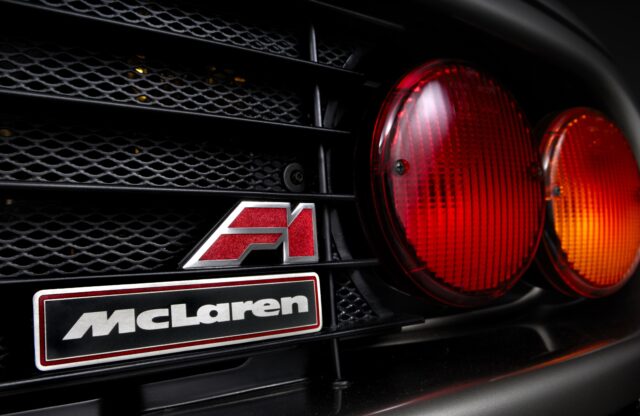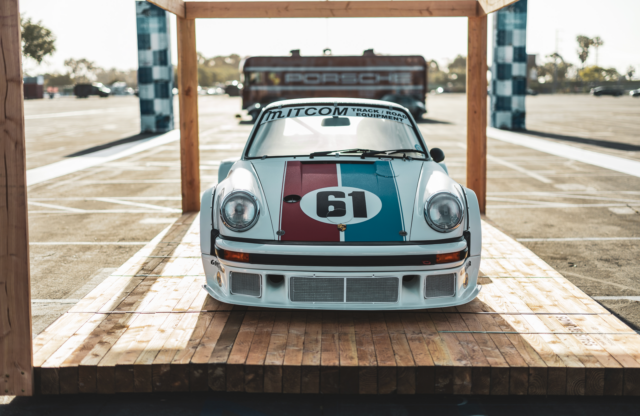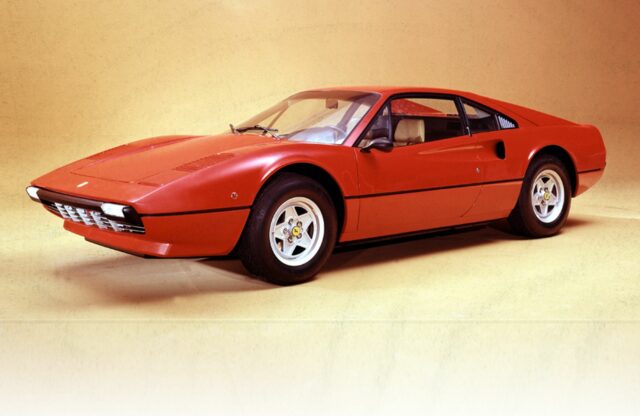The reviewers of 2013 were unanimous: the petrol supercar was no more, and the era of the hybrid hypercar was here, ushered in by the ‘Holy Trinity’: the McLaren P1, Ferrari LaFerrari and Porsche 918. These three new super-machines had changed the goalposts, forever.
Over a decade has passed since then, and many things have changed in the world of fast cars. Sure, that blistering lap that the LaFerrari set around Ferrari’s Fiorano test track, cutting a full five seconds off the time set by the Enzo, is still impressive – but an SF90 is faster, and the LaFerrari has been dogged, as has the P1, by stories of failing batteries that cost a huge amount to replace. There are newer models, and those who buy their hypercars from the factory have moved on.
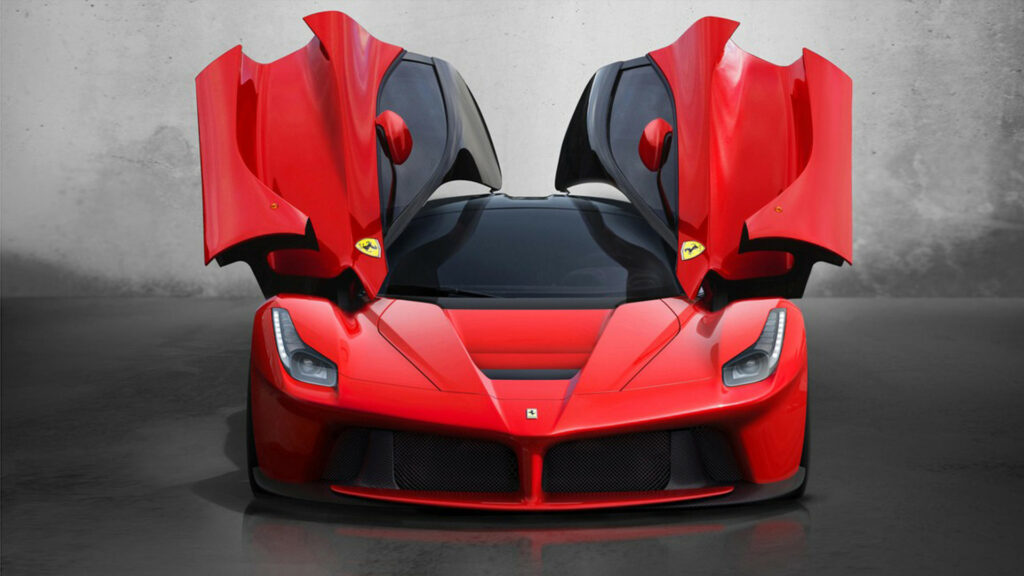
Older top models from Ferrari, Porsche and McLaren have risen dramatically in value over the past few years, with Hagerty recording big gains in prices of the McLaren F1, Porsche Carrera GT (which I wrote about earlier this month), Mercedes-McLaren SLR, and other Ferrari ‘halo’ cars such as the F40 and F50. And, at first, as the 918, P1 and LaFerrari initially emerged on to the second-hand market, these low-production-number cars attracted those with deep pockets who weren’t able to buy them new, and prices rose.
But ten years old is a tricky age for any car, and the 918, P1 and LaFerrari have moved beyond that first buying frenzy and aren’t yet quite at the age at which they’re considered a true classic. That said, the price trajectories have been different. During 2015-17, all three grew in value, but the LaFerrari appreciated at a much faster rate. From the end of 2015 to the end of 2018, #2 (“excellent”) values rose by over 57 percent, peaking at £3.2 million ($4m) before falling 22 percent to the end of 2021. After a post-pandemic boom, they have since settled at £3m ($3.8m). LaFerrari Apertas are worth even more, by nature of their rarity and open roof, and carry a #2 value of £4m ($5.05m).
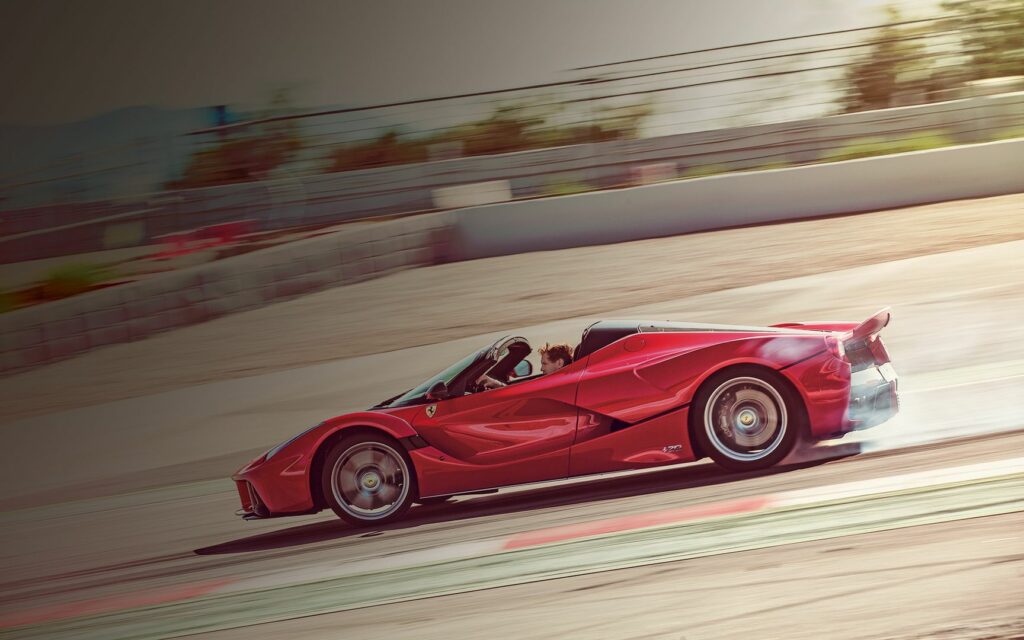
Despite their rarity, and comparing favourably with their competitors, P1s have arguably performed the worst of the three. The McLaren has been called a successor to the F1 (a $20m-plus car), but more than two decades separate the two – there’s no direct lineage. Meanwhile, the P1 has much more in common (perhaps too much) with less expensive models in the company’s line-up, which themselves have spawned numerous limited and special editions. On top of that, there are also two newer halo models – the Senna and the Speedtail – that are crowding the P1 out of the McLaren family photo.
As with its nemesis from Ferrari, the McLaren P1’s values grew significantly from 2015-18, peaking at £1.8m ($2.25m) for a car in #2 condition. Then they fell sharply, losing nearly half their value (49 percent) from the beginning of 2018 to the beginning of 2021.

Their rebound during the pandemic boom also wasn’t as steep as the LaFerrari’s, and the McLaren’s prices have also tracked curiously close to the Porsche 918’s, despite being well over twice as rare. The #2 value currently sits at $1.7m. P1s sold more than once at auction have also proven to bring less money the second time around.
With the highest production numbers, it makes sense for the 918 to be the ‘“’cheapest’”’ of the three, and so it is. Its #2 value peaked in 2018 at £1.44m ($1.8m), and followed the familiar pattern of slumping from 2018-21, then rebounding during the pandemic boom. It currently sits at £1.16m ($1.45m) although cars equipped with the Weissach package get a substantial boost, to £1.4m ($1.75m). Unique specs and colours can also command a premium, as they do for most Porsches. A paint-to-sample Grand Prix White car with matching wheels, for example, sold for a world record $3,935,500 at auction last year, and one of perhaps two 918s finished in Gulf blue and orange livery sold for $3,525,000 in March of this year.
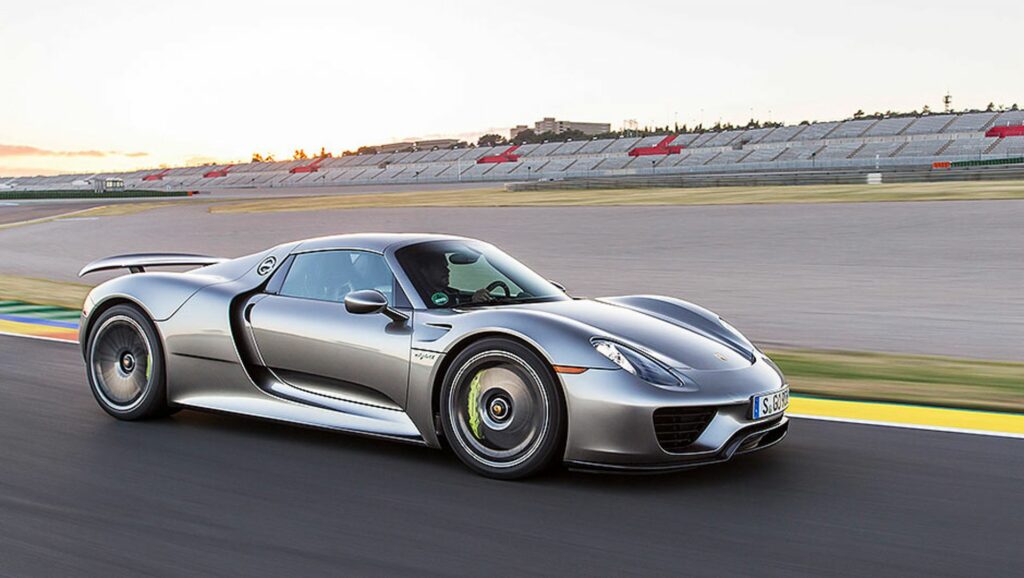
So, in another decade or two, when the LaFerrari, P1 and 918 are proper classics, will their decade-defining status keep them in the pantheon of top-tier collector cars? Or will their extremely complex drive systems and pricy, perishable battery packs be an albatross around owners’ necks? Time will tell, but for now they appear to have settled into a realistic price range. Although their halos aren’t shining as brightly, they haven’t gone away.
